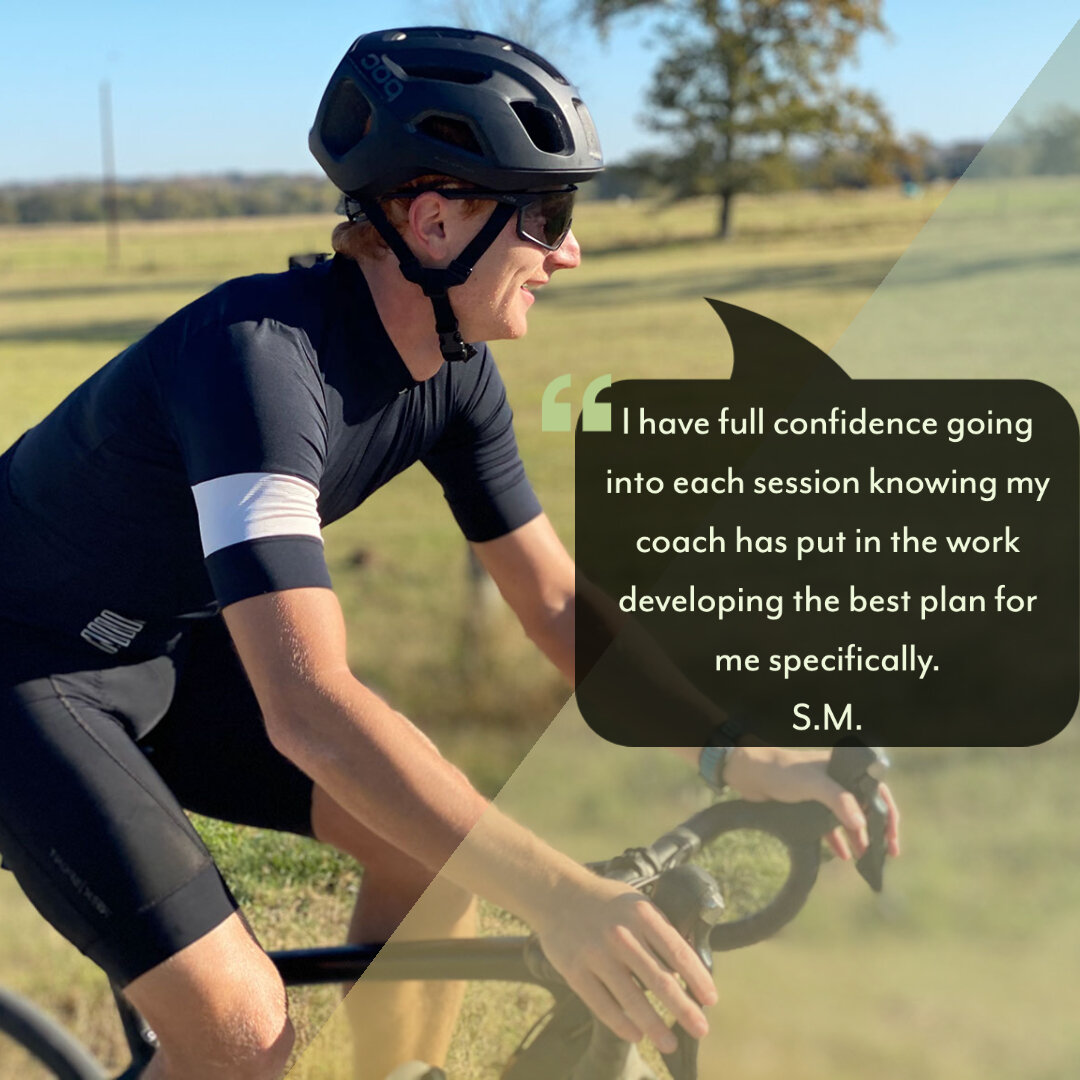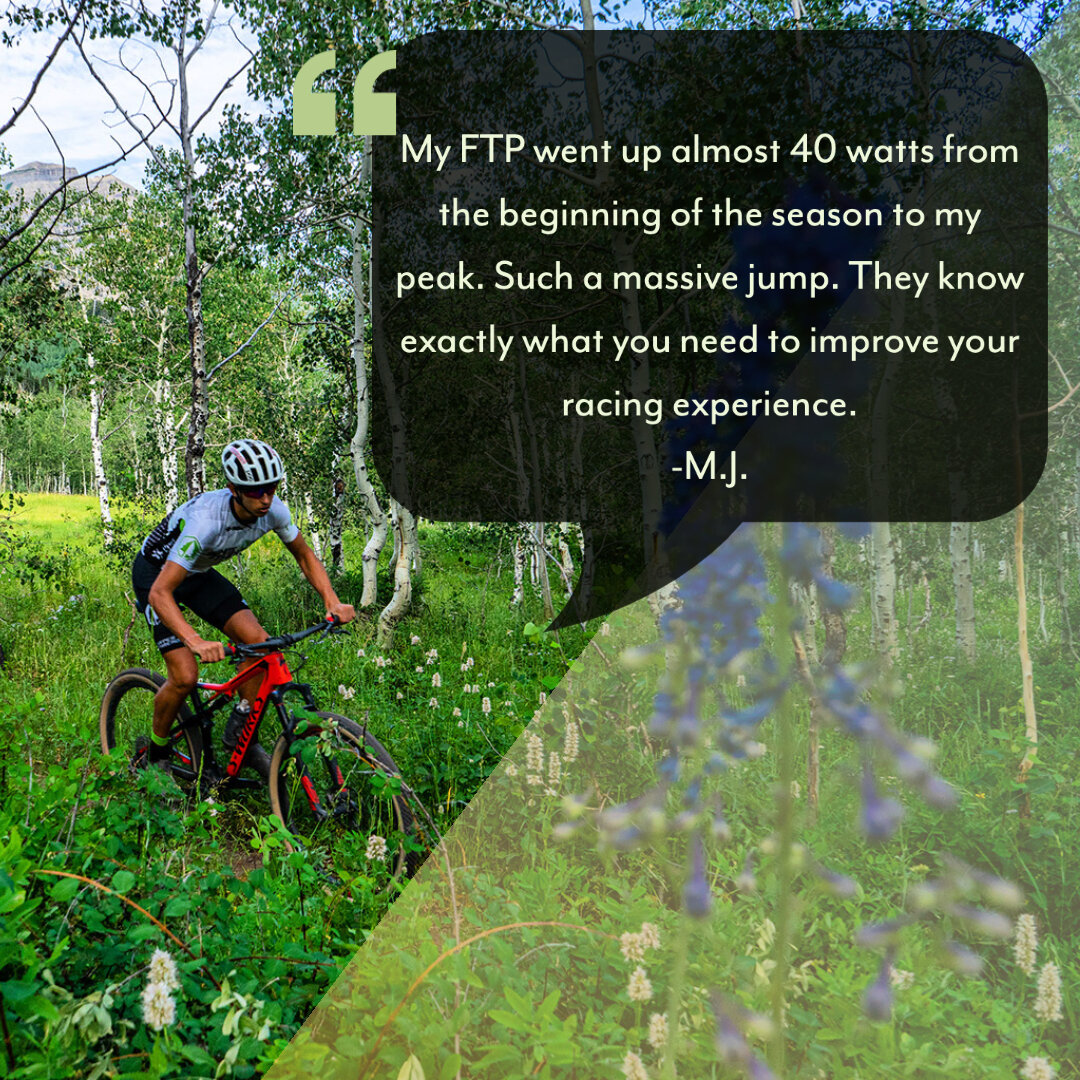All over the country junior athletes are flocking to the sport of cycling, specifically cross country mountain bike racing (xc mtb). Racing at the middle school and high school level has exploded in popularity in the last few years, and with it the natural urge to become stronger, faster riders. I have been fortunate enough to have worked with junior athletes for over a decade, with ability levels ranging from beginners to Olympic hopefuls to seasoned pros. Throughout those years, I’ve seen athletes go on to continue sport well into adulthood, some have turned pro, and others burned out, with no desire to return to sport. Below are my top tips for junior riders wanting to compete at the top and avoid burnout.
Quality Over Quantity
My approach to training with each of my athletes is to focus on quality over quantity. We focus on progressing intensity over time. We target the correct energy systems at the appropriate time of the season, and factor in recovery where appropriate to allow you to arrive at your target race in peak fitness. This prevents us from taking on too much volume too soon, and allows for the greatest increase in fitness on the bike.
A very common mistake I see with junior teams and junior athletes is the tendency to chase some mythical number of ideal mileage per week or the ideal amount of climbing each week. Of course, there is something to be said for acquiring time in the saddle. No amount of fitness can save you from your inability to sit on your bike for long periods of time, but focusing strictly on miles per week or feet climbed per week is a hugely inefficient use of time, not to mention a recipe for injury. Instead, focus on intensity of each training session, and maximize your time on the bike by always having a goal in mind- every time you swing your leg over the top-tube.
Expose Yourself to Multiple Styles of Cycling
I encourage all junior riders to experience as many different types of cycling as possible. If you primarily race XC, consider trying out some road races, criteriums, or cyclocross in the off season. Conversely, if your bound and determined to reach the peak of the roadie scene, consider spending some time off road. Each discipline of cycling teaches a set of skills and promotes certain fitness attributes and tactics that can translate extremely well to other realms of cycling. For example, the steady-state power required of a time trialist can lend itself to the ability to ride off the front of an xc race and stay clear of the group. Or, the descending skills learned on the mtb can improve the confidence in your ability to descend on the road, and allow you to open up significant gaps on a technical descent where other roadies might be more timid or lack the skills to descend smoothly. This is extremely evident in riders like Mathieu van Der Poel, Wout van Aert, and Pauline Ferrand-Prevot. These riders excel at the top levels of multiple disciplines of cycling, from xc mtb, to cyclocross, to dominating on the world tour scene. It’s ok to specialize, but don’t be afraid to try new things and to broaden your skillset as a rider.
Common reason for burnout in young athletes is the trend to specialize too early in one’s riding career. It’s common to see more seasoned riders stick to a very narrow specialty within their sport, for example: time trialists, crit racers, ultra-endurance riders, etc. This specialization typically comes after years of involvement across a range of disciplines. More recently we are starting to see a trend of junior athletes picking up one, narrowly focused discipline of cycling and choosing to specialize solely in that field. This can be both detrimental to the development of a young rider, as well as lead to early burn out from sport or even injury.
Don’t Get Lost in Body Image and Weight
Cycling is a sport with a significant caloric requirement. Meaning, our activity is fueled by food- primarily carbohydrate. Depriving yourself of calories in an effort to lose weight or to ride faster is, in fact, counterproductive and can have drastic consequences. It’s important to consider that not only are you fueling your body for activity, but also nourishing your body to grow. As a long-time coach of junior athletes, I wholeheartedly support healthy eating, but I also strongly encourage young athletes to pay less attention to the number on the scale, and more to the quality of food they are eating. Fuel your workouts, eat foods that are good for you, and eat foods that promote muscle growth as well as recovery. Everyone grows at different rates, but if you give the body what it needs, train with structure and intensity, and prioritize recovery, your body will develop in a way that promotes the strength you need on the bike.
If there is one common theme among almost all sports it’s the concept what an athlete “should” look like, and sadly, this is perhaps amplified among junior athletes. Athletes tend to fall victim to chasing the perfect weight, the perfect body type, and try to shape themselves to the demand of their sport. This can lead to disordered eating, injury, and much worse. In short, focus less on numbers and more on quality, fuel your training, and listen to your body when it’s telling you what it needs.
Train with Structure, but Allow Time for Fun
We all ride bikes because it’s fun. Obviously there is an innate human desire to seek improvement, but we all started riding because we enjoyed it. I can point out hundreds of studies, literature reviews, and meta analysis that all conclude that individualized, structured, and measurable training, when properly applied, will lead to positive adaptation to cycling performance. However, none of that matters if you don’t nurture your passion for riding. The strongest legs in the world do you no good if you lose the drive to use them. I will be the first person to support any young athlete’s quest for cycling greatness. I will happily write a plan filled with structured intervals, strength work, recovery, and a carefully crafted annual plan building to a peak level of fitness for their desired A-race. But, I will also be the first person to remind you, that riding bikes is fun, and sometimes you need to just go out and ride with your friends and forget about training metrics like TSS, Normalized Power, and heart rate data. The number one tip for growing as a junior racer is to foster your love for riding. Pure and simple, grow your passion for the sport and the training will feel easy (ish), or at least more fun.




